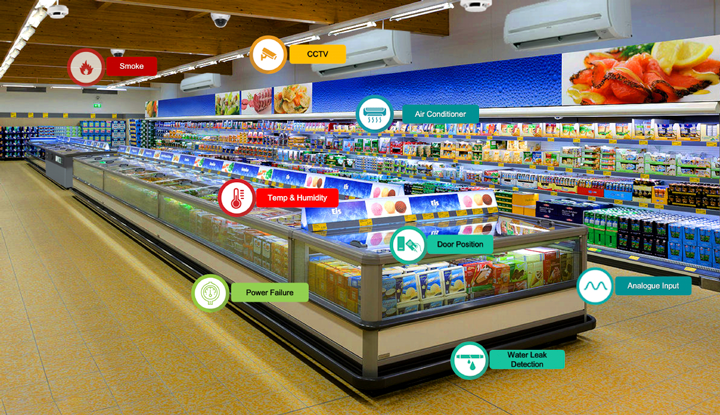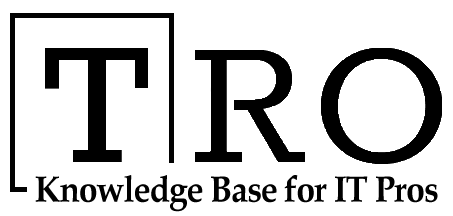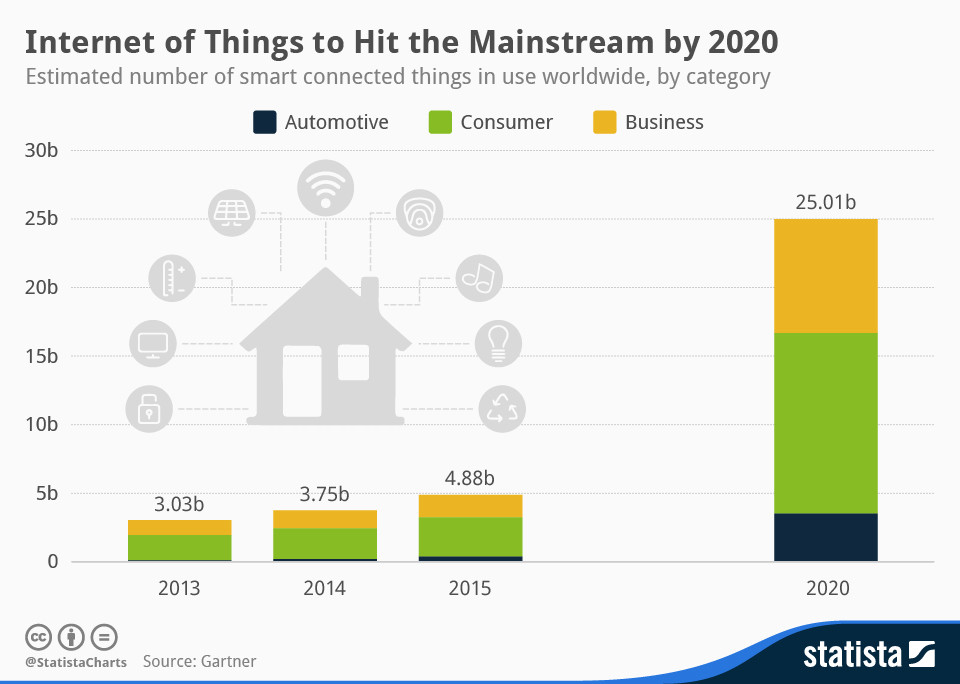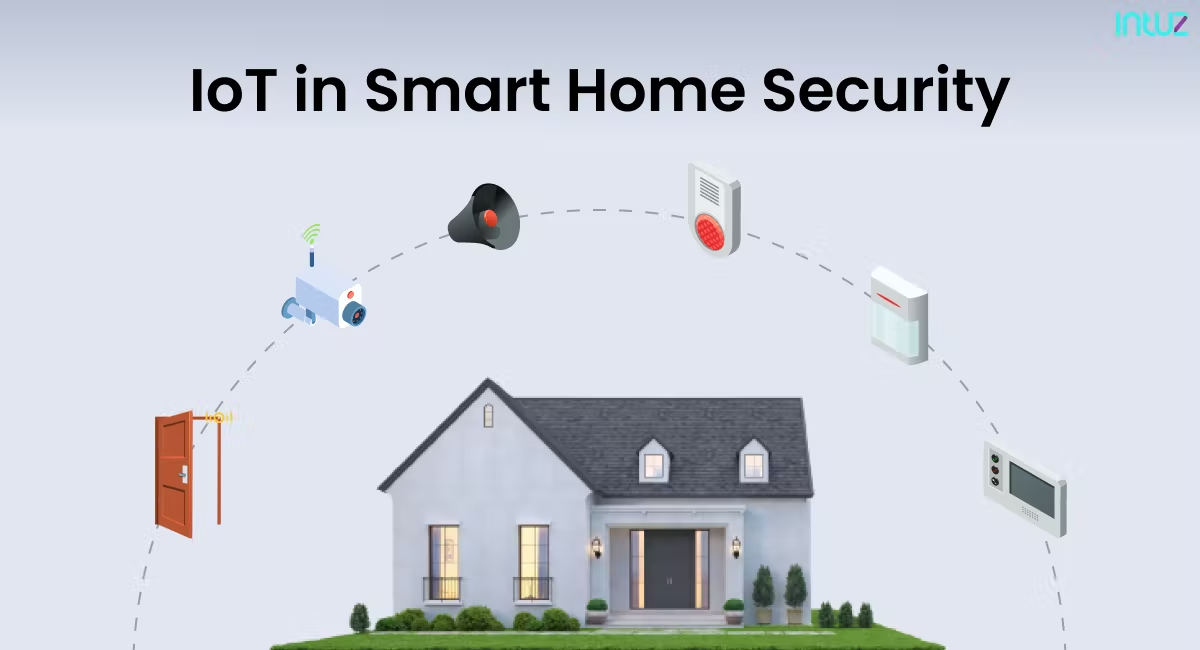The Internet of Things (iot) Is Enhancing Our Lives In Many Ways.
The Internet of Things (IoT) is a fascinating idea that combines both theoretical and practical elements.
It is transforming the physical world as we know it by creating new and exciting opportunities that are hard to imagine. Through IoT, objects can communicate with each other and send notifications to our phones, becoming more specialized, personalized, and intelligent to meet our specific needs. Although we have only just begun this journey, IoT will greatly impact every aspect of our daily lives soon.
Contents
IOT in Healthcare
The Internet of Things (IoT) has significantly impacted the healthcare sector. Here are a few ways in which IoT has transformed healthcare:
Remote Patient Monitoring
The IoT devices can collect patient medical data and transmit it to healthcare providers in real-time, enabling them to monitor patients remotely and provide prompt care if necessary.
IOT in Medical Devices
IoT has enabled the creation of smart medical devices that can track, diagnose and treat patients effectively. For example, wearable devices can monitor vital signs and transmit data to healthcare providers for analysis.
IOT Inventory Management
IoT technology can track medical supplies and equipment, helping healthcare facilities to manage their inventory more efficiently.
Clinical Decision Support
IoT devices can provide real-time data to healthcare providers, allowing them to make informed clinical decisions and improve patient outcomes.
Predictive Maintenance IOT
IoT devices can monitor and predict when medical equipment will require maintenance, reducing the risk of equipment failure and improving patient safety.
Driving & Traffic
Today, IoT has significantly impacted our driving and traffic issues. For example:
Connected Cars:
IoT has allowed cars to become connected devices that can communicate with each other and with infrastructure such as traffic lights. This enhances the driving experience and helps to reduce traffic congestion and accidents.
Smart Traffic Management:
Devices such as sensors and cameras can monitor and analyze traffic patterns, allowing for real-time adjustments to be made to traffic lights and routing systems to improve traffic flow.
Predictive Maintenance:
IoT technology allows us to monitor the wear and tear of our vehicles, letting us know the predictive maintenance required and reducing the likelihood of breakdowns and accidents on the road.
Improved Road Safety:
IoT-enabled devices such as sensors, cameras, and alarms can detect potential road hazards, alerting drivers to potential danger and helping to prevent accidents.
Groceries
 Nowadays, you can purchase refrigerators with built-in cameras, allowing you to view their contents even when you’re away from home. In the future, these refrigerators will be equipped with sensors that detect when you are running low on groceries such as milk, eggs, or butter and automatically send a shopping list to your phone. Retail stores may use this information to send reminders to purchase specific items based on your past buying behavior and general trends. This means that while you are shopping at the grocery store, you will receive reminders on your phone to make sure you never have to make an unnecessary trip back.
Nowadays, you can purchase refrigerators with built-in cameras, allowing you to view their contents even when you’re away from home. In the future, these refrigerators will be equipped with sensors that detect when you are running low on groceries such as milk, eggs, or butter and automatically send a shopping list to your phone. Retail stores may use this information to send reminders to purchase specific items based on your past buying behavior and general trends. This means that while you are shopping at the grocery store, you will receive reminders on your phone to make sure you never have to make an unnecessary trip back.
Home Security
The Internet of Things (IoT) has improved home security in several ways. Smart locks, cameras, and sensors allow homeowners to monitor and control access to their homes remotely. In the case of a security breach, homeowners can receive alerts and notifications on their smartphones, allowing them to respond to potential threats quickly.
Additionally, Internet of Things-enabled devices such as motion detectors, smoke and carbon monoxide sensors, and smart doorbells can detect and alert homeowners to potential hazards or intrusions in real time. Through automation, Internet of Things-enabled systems can also control lighting and adjust the temperature, creating the illusion that someone is home even when they are away. In this way, Internet of Things has made home security more efficient, convenient, and effective.
Energy Conservation
The Internet of Things has helped us conserve energy in our homes. Some ways in which Internet of Things has contributed to energy conservation include:
Smart Thermostats:
IoT-enabled smart thermostats allow homeowners to control their home’s temperature remotely, monitor usage patterns, and make adjustments to reduce energy consumption.
Energy Monitoring Devices:
IoT-enabled devices can monitor and track energy usage in real-time, providing insights into where and how energy can be optimized.
Smart Lighting:
IoT-enabled smart lighting systems can be programmed to turn lights on and off automatically based on occupancy, reducing energy consumption and cost.
Smart Appliances:
IoT-enabled appliances can be programmed to run during off-peak hours when energy demand is low, reducing energy consumption and cost.
In conclusion, Internet of Things has made energy conservation at home more accessible, efficient, and convenient. By providing real-time data and automation capabilities, Internet of Things has empowered homeowners to take control of their energy usage and make more informed decisions about how to conserve energy.
Wearable Technology
Wearable tech has received the most focus in Internet of Things discussions till now. Many wearable devices are in their 2nd or 3rd iteration, with improved designs and more compatibility with other systems. Ranging from sleep monitoring, and hearing aids to tracking physical activity during exercise, wearables have become more advanced. They can link to social media and gather data to analyze behavior and enhance our lives.
The IoT Devices and Mobile App Development
The Internet of Things and mobile app development form a seamless partnership. These technologies work together seamlessly to facilitate communication between machines and humans, leading to improved business efficiency and an enhanced user experience.
The market for IoT is expanding quickly worldwide and is expected to grow from $478.36 billion in 2022 to $2,465.26 billion by 2029. This substantial growth presents ample opportunities for mobile apps to expand their footprint within the IoT.
As various industries embrace digital transformation, the demand for smart connected devices and associated apps continues to grow.
IoT and the mobile app sector are closely linked, with Internet of Things providing opportunities for the app sector to expand into new areas and reach new heights.
The Final Say
If you’re looking for professional mobile app development services to feature IoT devices, hire a company like Hoff & Mazor. Hoff & Mazor is a leading provider of top-quality mobile app development service.
They use the latest IoT technologies and best practices to create apps that are easy to use, intuitive, and engaging.
Therefore, if you’re looking for a partner to help you create a powerful and impactful mobile app, look no further than Hoff & Mazor.
Also Read : A Guide to IoT Security: Protecting Your Connected Devices from Hackers



